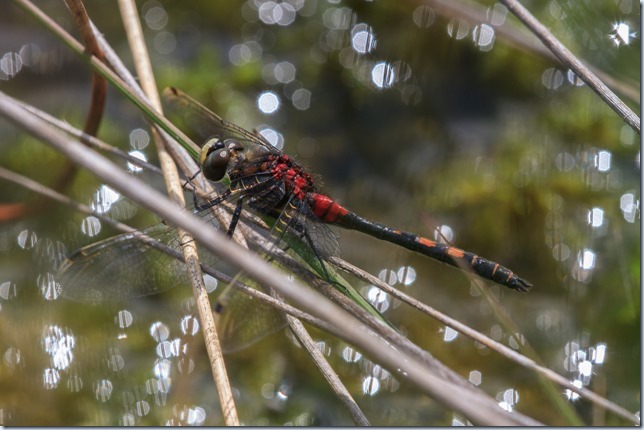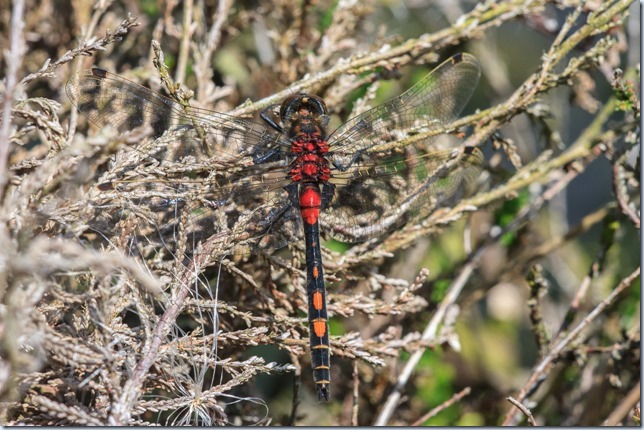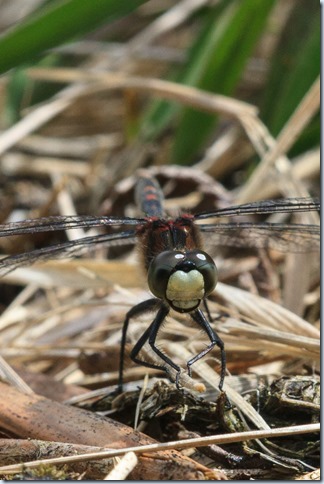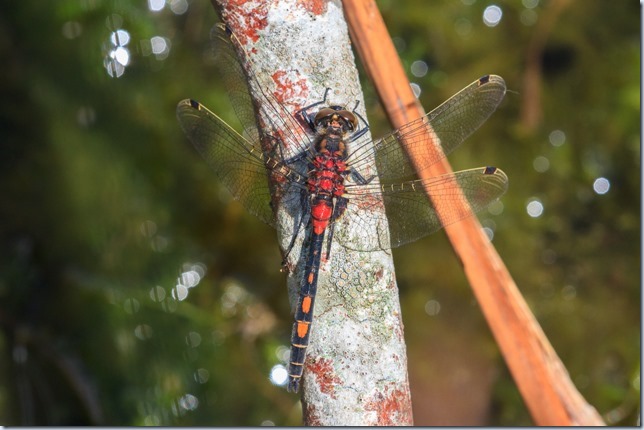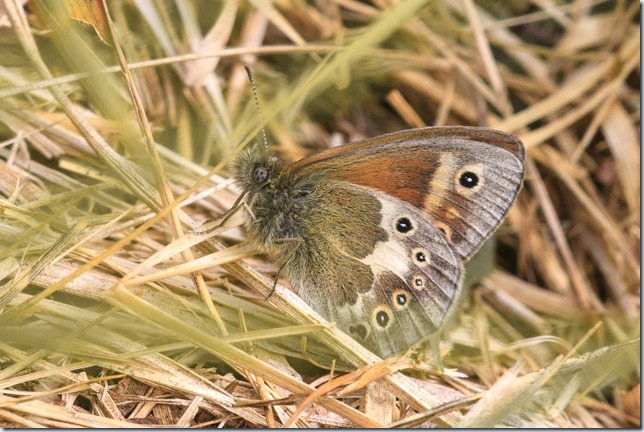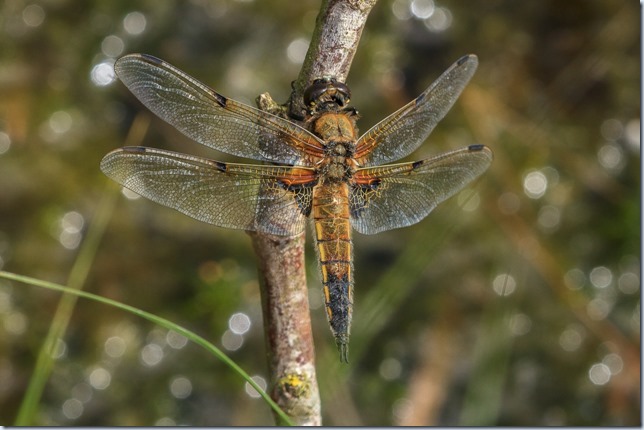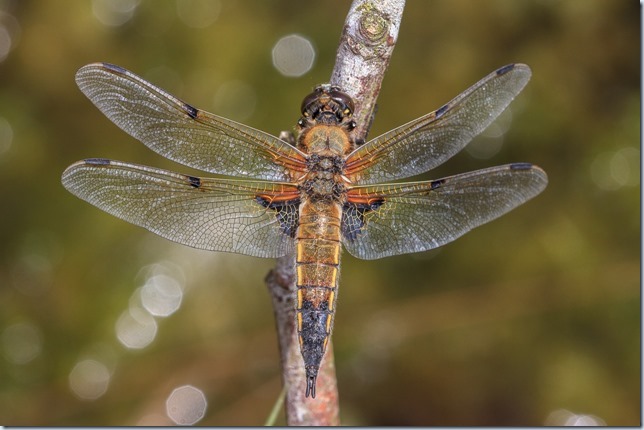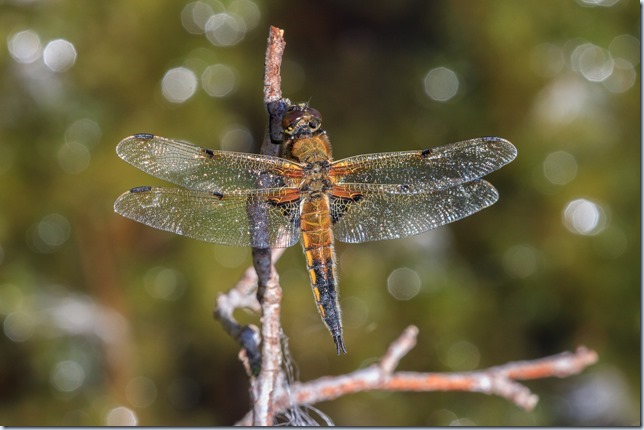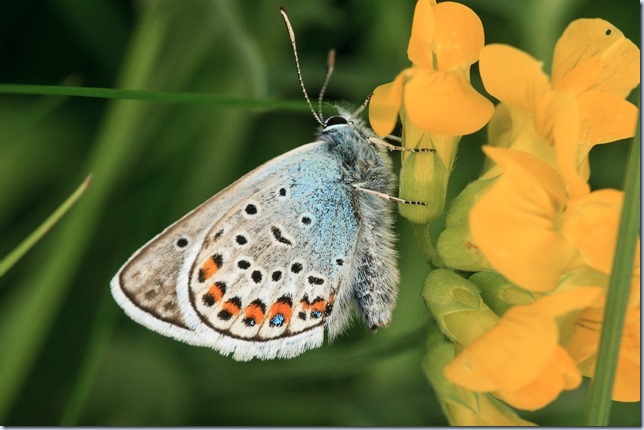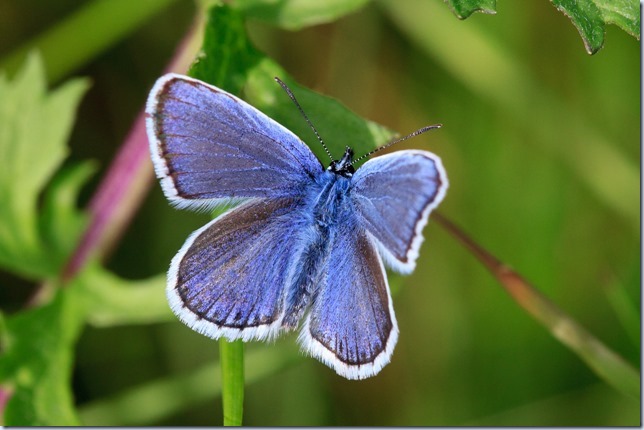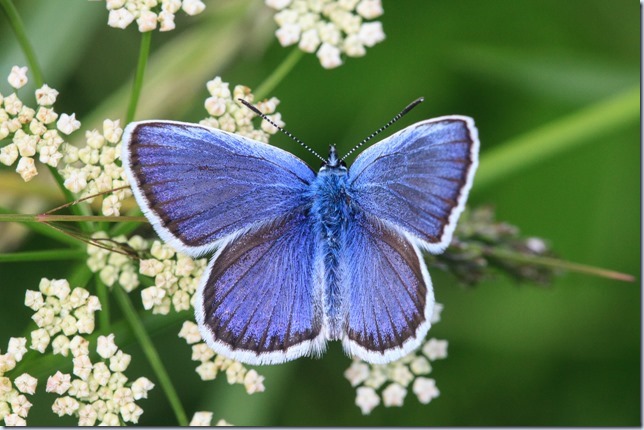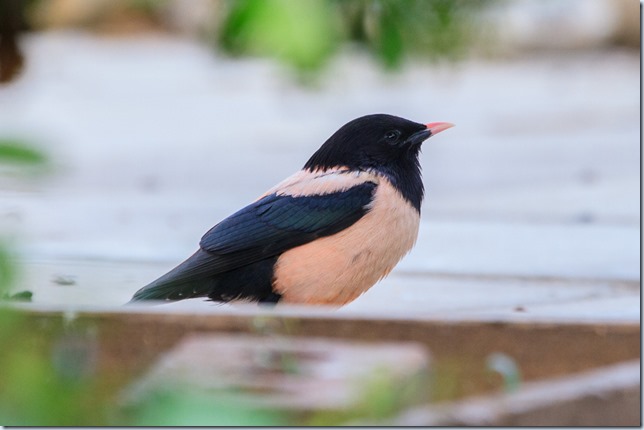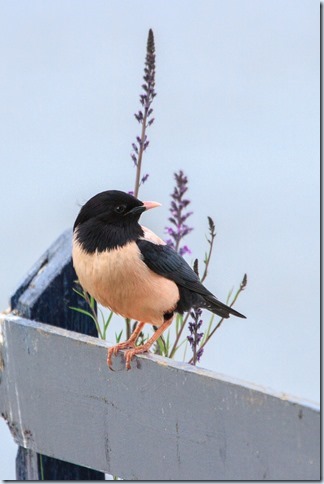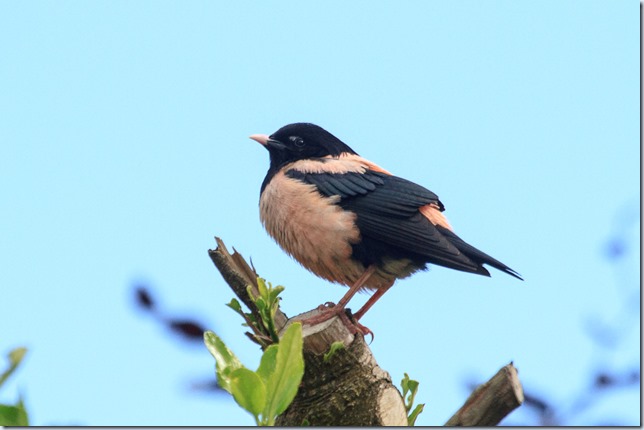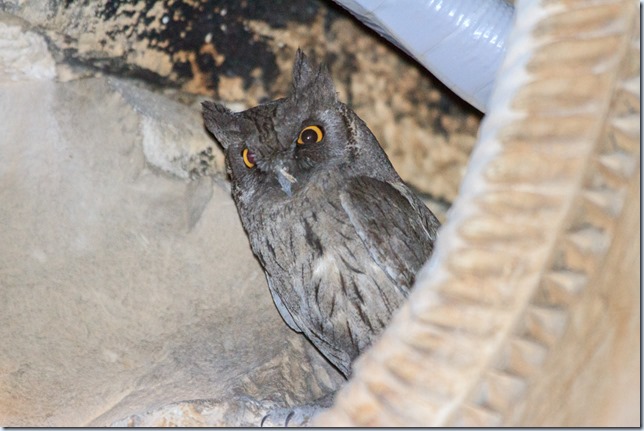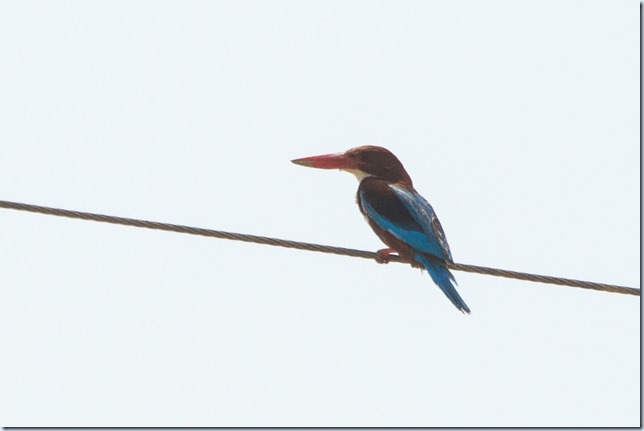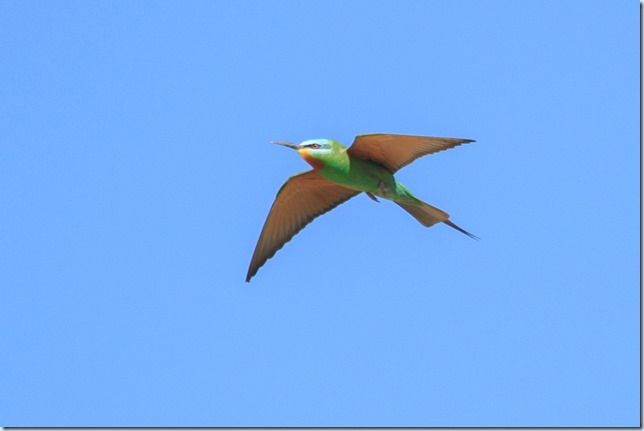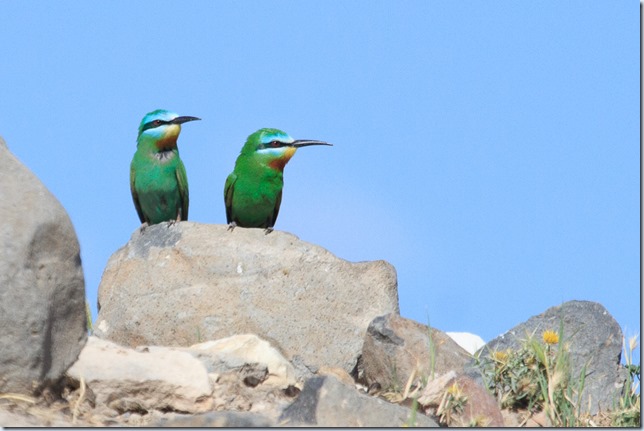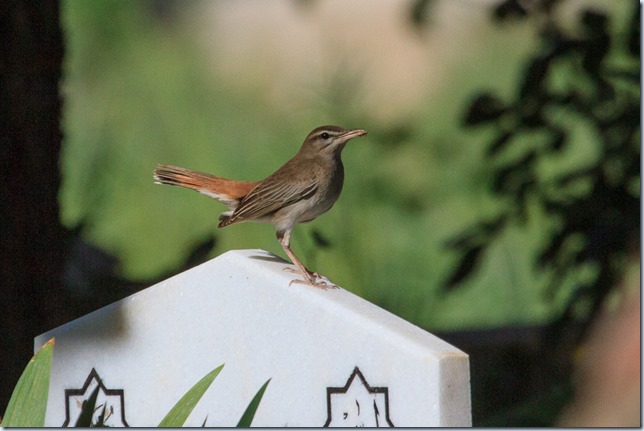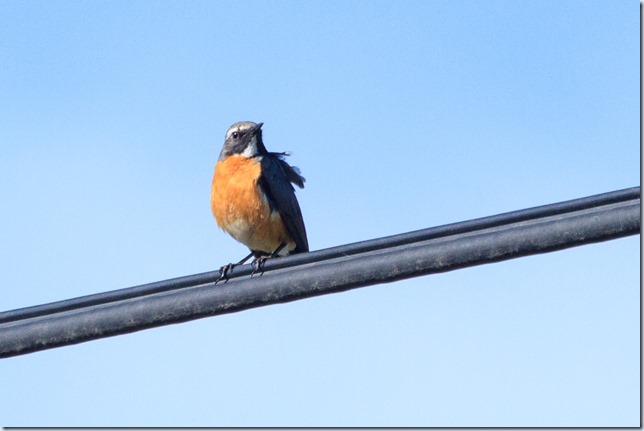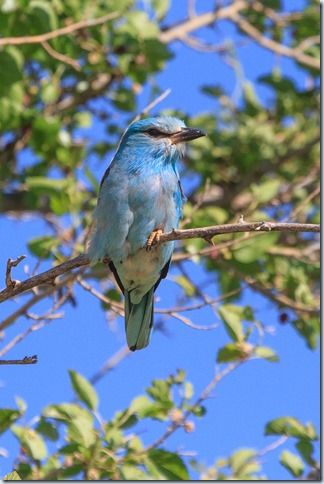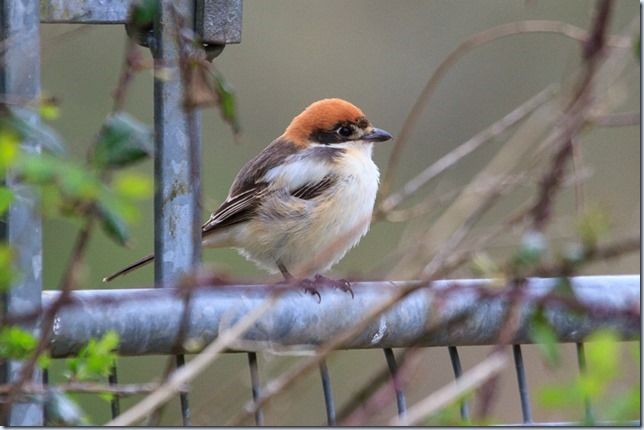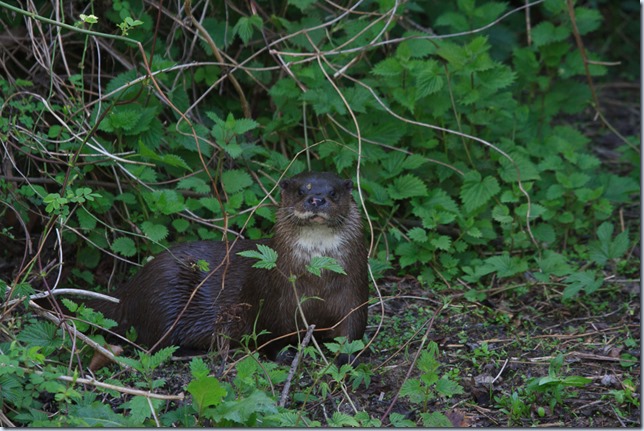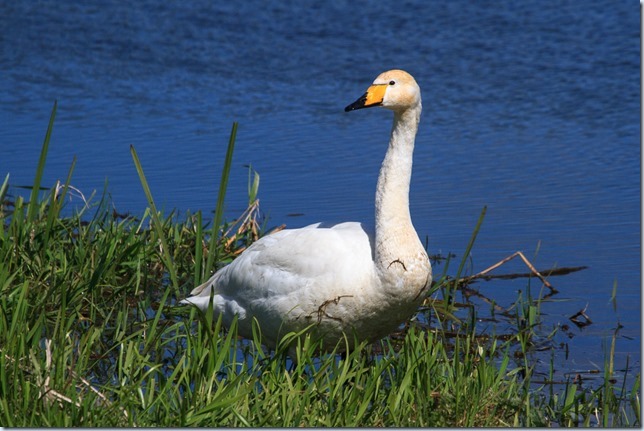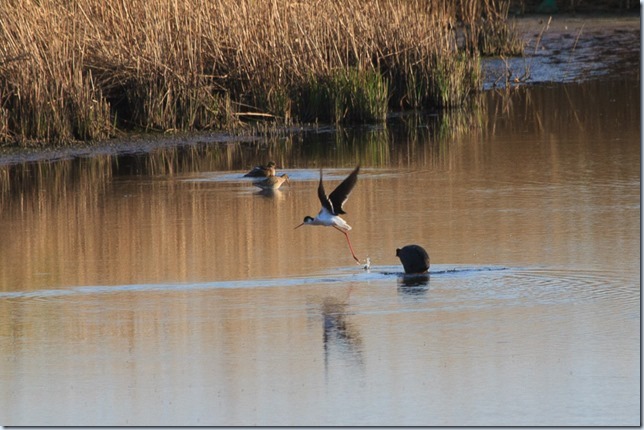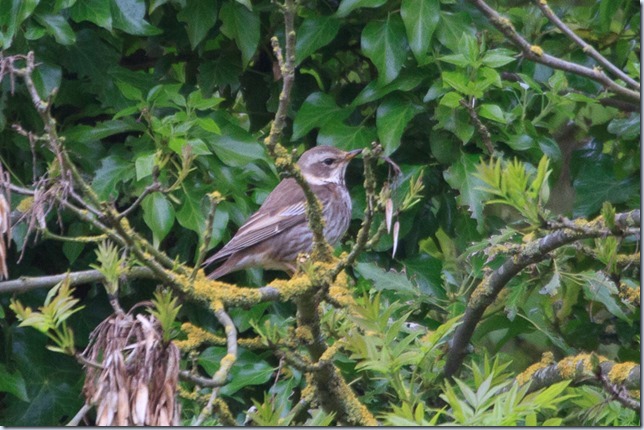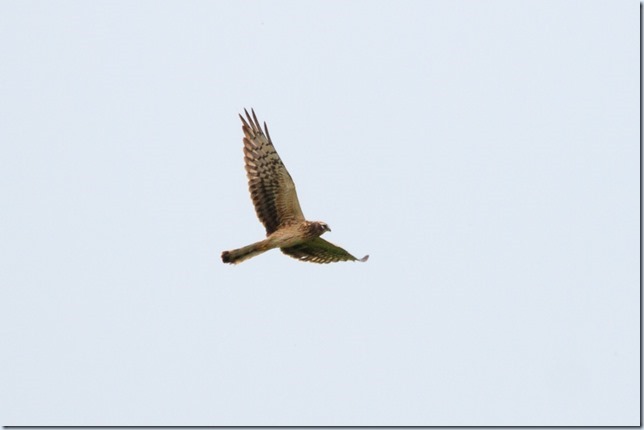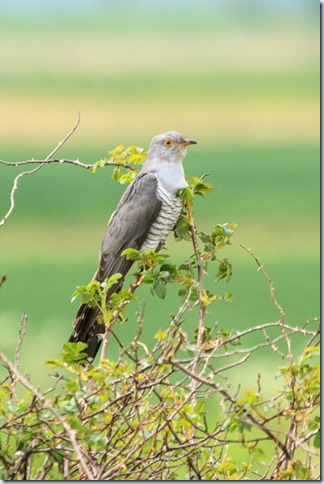OK, so it’s taken me until the very end of June to crack, but today it was time to put the birding kit to one side and get back into butterflies and dragonflies! John, Graham and I headed up the M1 out of London, through Birmingham, and on to Whixall Moss on the Welsh border – one of the most southerly raised sphagnum and peat bogs in the country, and home to a range of rare species including two lifers for me. White-faced Darter is a pretty tricky dragonfly to see in the UK, with only a handful of English sites, while I’ve never been in the right place at the right time for the slightly more widespread Large Heath butterfly.
Arriving at Moss Cottages (SJ501364) on the eastern side of the site mid morning, the weather was far from perfect – largely cloudy with only fairly brief sunny intervals, with a fresh breeze. However, we were well pleased to find both target species almost immediately, along a small ditch on the left of the track only a couple of hundred yards beyond the last cottage.
Over the next few hours, we saw around 6-8 White-faced Darters, all males apart from one pair seen briefly in cop. Pretty smart little dragons, and reasonably obliging for photos!
By contrast, the Large Heaths were very tricky to see well – tucking well into the vegetation out of the wind most of the time, and then being carrying swiftly by the wind when they did get airborne. We only saw two or three on the deck, with this individual the only one I managed to photograph at all!
The real star of the show from a photographic point-of-view was the Four-spotted Chaser, the most abundant dragonfly at the site by some margin, and regularly perching out in the open and sitting tight for photos. I’d forgotten how tricky it is to get sharp images with a macro lens (and the correspondingly shallow depth of field), so plenty have just gone in the bin – but I’d also forgotten how much detail the Sigma 150mm can extract when you do get it something close to right. Pleased with some of these – click to enlarge!
Before heading back home (and suffering the post Grand Prix traffic on the M1), we popped into the nearby Prees Heath Butterfly Conservation reserve to have a look for newly emerged Silver-studded Blues. We quickly found about half a dozen of these, again showing well.
All in all, an excellent summer’s day!
